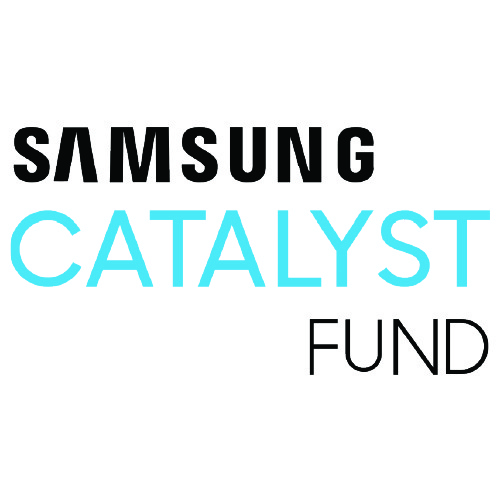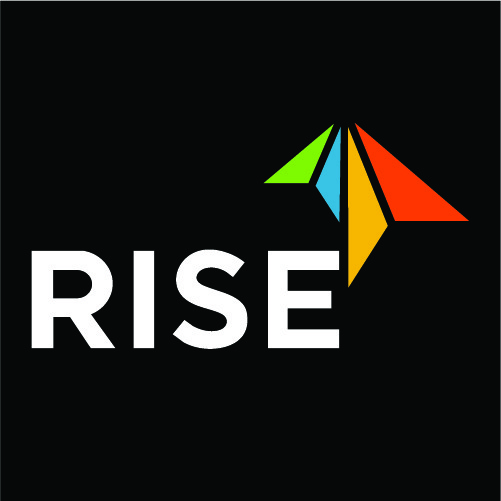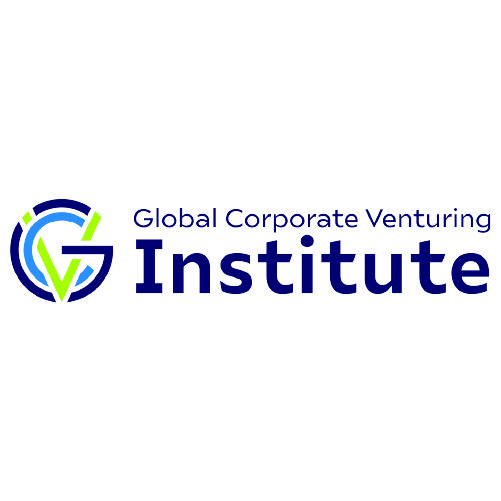Starting from Scratch: Building a CVC
May 9, 2024
Interviewed by Nicolas Sauvage on September 17th, 2020
In the constantly evolving business landscape, companies must stay nimble, innovate, and adapt to remain competitive. One avenue for innovation is corporate venturing, a strategy that allows established companies to invest in and collaborate with startups fostering growth on both sides. Often the professionals who oversee these funds take their seat in the big chair also after making impressive career pivots. That was the case for Gen Tsuchikawa, CEO and chief investment Officer at Sony Innovation Fund.
Gen told the Corporate Venturing Insider audience that a dozen years after he joined Sony, where he headed global mergers and acquisitions, headed strategy in the company’s mobile phone division, and learned the ropes in sales, he received a call from Sony’s CFO.
“We are going to start a CVC, and you’re going to run it,” he said.
No warning. No application process.
“I basically started from scratch,” Gen said. “This is a conversation I often have with many of my CVC colleagues because many people have had the same experience. After four years, we have roughly 30 people globally — 10 in Japan, 10 in the US, 10 in Europe, Israel, and India. Some partly work for tech scouting; some for M&A transactions.”
Building the Team
Because Gen started the venture arm himself, he has a lot to offer those considering entering the field and trying to make a name for themselves. Having worked at Sony for over 16 years, he knows the importance of surrounding himself with knowledgeable, enthusiastic, and collaborative teammates.
“I think bringing together people with different backgrounds and having them be open to each other is quite important,” says Gen. “I think the openness of this corporate venturing community helps significantly.”
Gen said a diverse team does not just mean pulling from a variety of demographics but also assembling the comprehensive and complementary skill sets that enable the CVC to deliver all-around value to the corporate partner and its portfolio companies. He said he is fortunate that his team encompasses individuals possessing both execution and the startup ecosystem. Some colleagues make themselves at home with social networking and scouting while others are more comfortable managing business development. Gen’s ability to achieve equilibrium between these traits fosters a team that is capable of navigating complexities thrown at them in the investment world.
Gen’s emphasis on fostering a culture of open discussion underscored the program’s success. Even amidst today’s pandemic, he outlines several different ways they work on maintaining open communication including video calling and allowing junior members to take the lead in discussions to further deepen their understanding.
Working with Business Units
Gen outlined Sony Innovation Fund’s relationship with Sony corporate. Avoiding direct competition with startups has allowed Sony to contribute IP expertise and support them without overstepping their independence and inviting pushback from internal business units. A big portion of the resources the fund can lavish on entrepreneurs is based within the mothership itself. When the Innovation Fund takes a stake, the startup gains full access to all of Sony’s internal resources, networks, labs, and contacts.
Gen cited the example of Sony’s Innovation Fund Environment, a joint effort with Sony’s internal environmental group. Even if Gen decides a fledgling company doesn’t meet his investment criteria, it might well be the perfect match for a different Sony branch. Even if not, those connections are made and prove to be of extreme value to entrepreneurs.
“Some startups say they want our help on their IP strategy,” Gen noted. “We’re not the lawyers, so we don’t go in and contribute to execution, but we have a pretty strong IP group. They want to learn how to develop the strategies, so we leave it up to the startup how they want to work with Sony. It opens up doors for us to find out some new things that are going on in Sony.”
Allowing startups to determine the structure of their dealings with corporations builds synergies because the fund simply does not invest in startups that would be in direct competition with the mothership.
Aligning Strategies
Gen explained the company’s resolute commitment to sustainable investment and its shared mission with the United Nations’ Sustainable Development Goals (SDG) guide the fund’s strategy alignment with Sony. Sony believes that investing in enterprises fostering positive environmental and societal impacts inherently drives scalability.
“Many of the companies we invest in already are trying to make the world a better place and on a larger scale fit into many of the goals related to SDG,” says Gen. “But we also felt that a more focus on impact type of investments was very important, that’s why last week we announced the Sony Innovation Fund Environment.”
This seed-to-early-stage fund is dedicated to funding companies working towards combating climate change, resource conservation, biodiversity, and other ecological concerns. Because this mission aligns with Sony’s, there are other business groups specifically targeting the same areas where there is extensive room for collaboration. Emphasizing the committee’s unswerving focus on SDGs and ESG considerations, he outlines the role of shared conviction in steering investment decisions. The high bar for consensus highlights Sony’s dedication to investing in ventures that substantively contribute to societal advancement and solidify the company’s role as a torchbearer in corporate ventures.

 A blend of skills, including execution, startup ecosystem familiarity, social networking, and business development, creates a well-rounded team capable of navigating the complexities of the investment world.
A blend of skills, including execution, startup ecosystem familiarity, social networking, and business development, creates a well-rounded team capable of navigating the complexities of the investment world. 



















